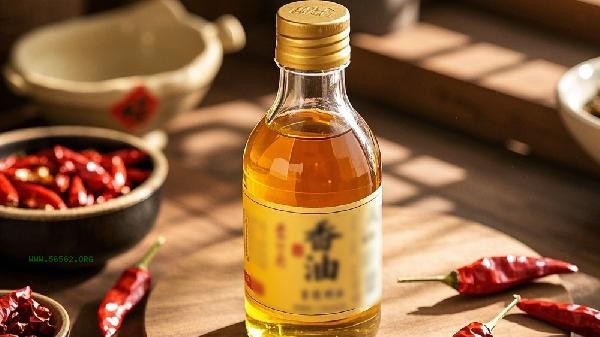Distinguishing the quality of sesame oil mainly involves five aspects: observing color, smelling odor, tasting taste, observing sediment, and checking labels.

1. Observe the color.
High quality sesame oil appears brownish red or dark brown, with a uniform and transparent color without any turbidity. Poor quality sesame oil may have a light or dark color, and some adulterated products may add pigments to mimic natural color, but the color is often unnatural. Pure sesame oil will show a slight amber luster in sunlight, while mixed oils mixed with other vegetable oils usually lack this luster.
2. Smell
Pure sesame oil has a rich and long-lasting sesame stir frying aroma, with a mellow and non pungent odor. Low quality sesame oil has a light fragrance or a harshness, and some adulterated products will add essence, so the smell presents an unnatural chemical feeling. You can drop a small amount of sesame oil in your palm and rub it hot before smelling it. Pure sesame oil will have a more pronounced aroma and no other odors when exposed to heat.
3. Taste
High quality sesame oil has a smooth and silky texture upon entry, with a slight sesame bitterness and long-lasting aftertaste. Poor quality sesame oil has a greasy or rancid taste, and some adulterated products may have a noticeable odor. Take a small amount of sesame oil and put it on the tip of the tongue. Pure sesame oil will be evenly distributed in the mouth, while adulterated oil can easily form an oil film on the surface of the tongue.

4. Observe the precipitation
After allowing the sesame oil bottle to stand for 24 hours, a small amount of sesame protein precipitation may appear at the bottom of the pure sesame oil, but the liquid is still clear. Poor quality sesame oil often has flocculent suspended particles or layering phenomenon, and products mixed with low-priced vegetable oil may show obvious turbidity. Oil with excessive sediment or abnormal layering may have quality issues.
5. Checking Labels
Regular product labels should clearly indicate information such as execution standards, ingredient lists, production dates, etc. The ingredient list for pure sesame oil should only include sesame oil, and the implementation standard is GB/T8233. Adulterated products may have vague labeling or use other vegetable oil standards. Pay attention to checking whether the production license number and manufacturer information are complete and traceable.

It is recommended to choose regular supermarket channels when purchasing sesame oil in daily life. After opening, it should be sealed and stored away from light. High quality sesame oil is suitable for cold dishes or enhancing the aroma of dishes. High temperature cooking can damage the nutritional components. People with sesame allergies should avoid consumption, and the daily intake of normal people should be controlled at 10-15 milliliters. Sesame oil stored for more than six months should be consumed with caution. If there is any odor or discoloration, use should be stopped immediately. If there are doubts about the quality of sesame oil, it can be sent to a professional testing institution for fatty acid composition analysis.








Comments (0)
Leave a Comment
No comments yet
Be the first to share your thoughts!